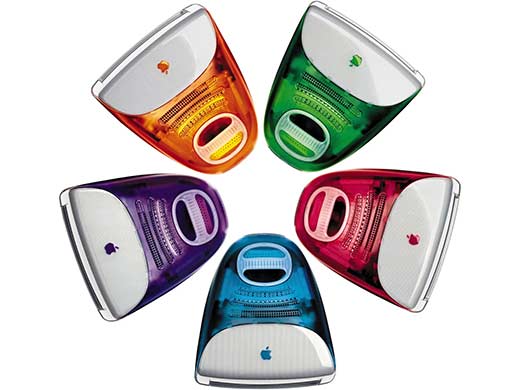Design inspiration
At Afal.io we highly value design and aesthetics. We are convinced that as designers of products that are used every day, we also have to be attractive to the eye. We are aware of the fact that we can determine our living environment to a small extent with our products. In all our products we therefore choose an attractive design in our opinion. By choosing design as the basis in the design, we can make an attractive product for the same costs.

Vienna Secession
The Vienna Secession, which originated in Vienna around 1900, combines refined decorative arts with a pursuit of modernity. Characterized by organic forms, geometric patterns, and rich details, the style was a reaction to traditional designs. In public spaces, the Vienna Secession provides inspiration for unique and aesthetic designs, such as facades, park benches, and ornate lampposts. The style adds an artistic dimension to urban environments, allowing functionality to go hand in hand with beauty. By incorporating elements of the Vienna Secession, modern cities can maintain a sense of cultural value and artistic expression while creating a visually appealing environment.
Art Deco
Art Deco, a style movement from the 1920s–1930s, is known for its elegant shapes, geometric patterns, and rich materials. Inspired by progress and luxury, this timeless style remains relevant in the public space through its ability to combine beauty and functionality. From iconic buildings and bridges to street furniture and lighting, Art Deco adds a sense of sophistication and cohesion to urban spaces. It emphasizes aesthetics without losing sight of the practical needs of everyday life. By incorporating Art Deco elements, a modern city can both celebrate heritage and create a unique visual identity.
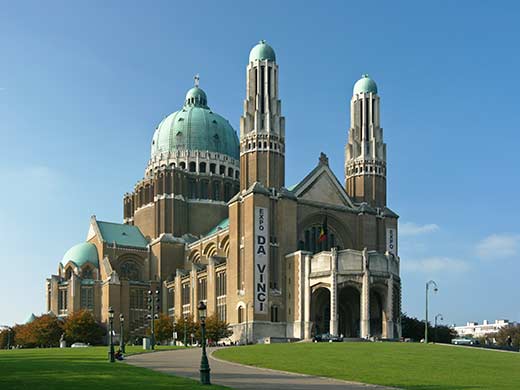

Art Nouveau
Popular in the late 19th and early 20th centuries, Art Nouveau is known for its graceful lines, natural forms and rich ornamentation. Inspired by flora, fauna and craft traditions, this style emphasizes harmony between art and functionality. In public spaces, Art Nouveau brings a unique elegance, visible in buildings, bridges, fences and street furniture. The style invites exploration and creates a visually appealing environment that reflects culture and history. By using Art Nouveau elements, cities can develop a warm and artistic character, inspiring both residents and visitors and connecting them to the past.
De Stijl
De Stijl, which originated in the Netherlands around 1917, stands for minimalism, abstraction and balance. With clean lines, primary colours and geometric shapes, this art movement creates a sense of order and simplicity. In public spaces, De Stijl provides inspiration for modern, functional designs such as buildings, squares and street furniture. The timeless aesthetic strengthens spatial coherence and stimulates a contemporary look. By integrating De Stijl elements, cities can develop a clear and iconic visual identity. This style not only offers practical applications, but also a strong connection with Dutch cultural heritage, making it a powerful choice for the design of public environments.
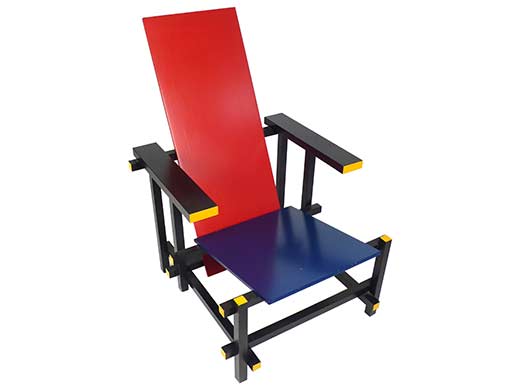
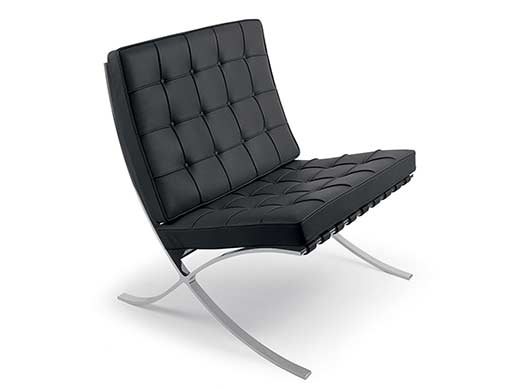
Bauhaus
The Bauhaus style, which originated in Germany in the 1920s, combines functionality with sleek, modern design. This movement emphasizes simplicity, geometric shapes, and the use of industrial materials. In public spaces, Bauhaus offers a timeless aesthetic that is both practical and visually appealing. From buildings and benches to streetlights and plazas, Bauhaus designs convey harmony and efficiency. The emphasis on functionality makes this style particularly well-suited to urban environments, while the minimalist forms create a modern feel. By applying Bauhaus principles, cities can create sustainable, stylish, and accessible public spaces that meet today’s needs.
Pop Art
Pop Art, an art movement from the 1950s and 1960s, brings everyday images to life with bright colours, bold shapes and a playful look. Inspired by popular culture, this style offers an energetic and accessible aesthetic. In public spaces, Pop Art adds dynamism and surprise, for example in murals, sculptures or striking street furniture. The style invites interaction and makes art accessible to a wide audience. By integrating Pop Art elements, cities can create a vibrant atmosphere that inspires both residents and visitors. It offers a colourful contrast to traditional designs and strengthens the identity of modern urban environments.
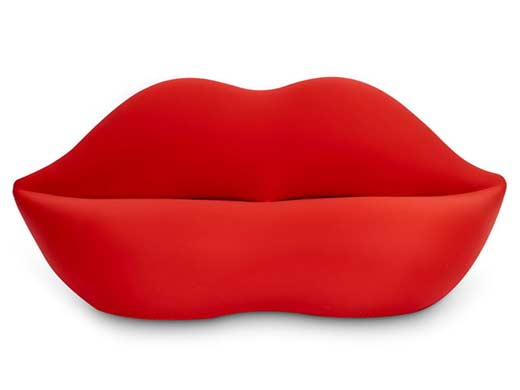

Minimalism
Minimalism, a style that embraces simplicity and functionality, is characterized by clean lines, neutral colors and the use of open spaces. This approach strives for clarity and tranquility, making it particularly suitable for the public environment. Minimalist designs, such as squares, street furniture and architecture, offer timeless aesthetics and promote a sense of order and balance. By reducing distractions, minimalism invites reflection and interaction with the environment. Furthermore, the style seamlessly aligns with sustainability principles through efficient use of materials. Minimalism helps cities create a modern, accessible and relaxing public space that is both practical and visually appealing.
Memphis
The Memphis style, which originated in the 1980s, is known for its bold colours, playful patterns and asymmetrical shapes. This postmodern movement breaks conventions and adds a vibrant, dynamic atmosphere to any environment. In public spaces, Memphis brings energy and creativity to elements such as street furniture, facades and art installations. The use of unexpected shapes and vibrant colours can transform dull urban areas into inspiring meeting places. By incorporating Memphis elements, cities can create a contemporary identity that emphasises diversity and playfulness. It is a style that is not only functional, but also raises smiles and invites interaction.
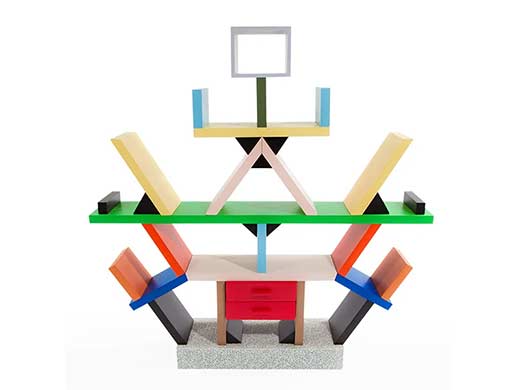
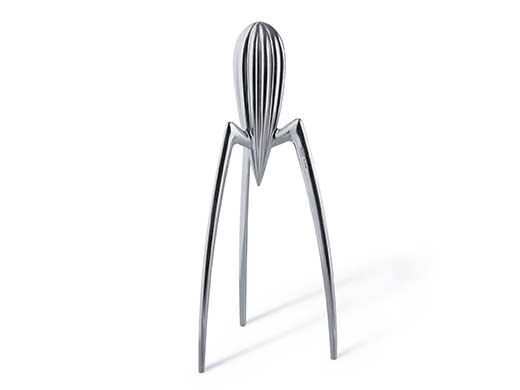
Democratic design
Democratic design focuses on creating accessible, functional and aesthetic solutions that work for everyone. This style combines form, functionality, quality, sustainability and affordability, making it a perfect fit for public spaces. By emphasizing user-centered design, democratic design promotes inclusivity, addressing different needs, such as accessibility and usability. In the public environment, this results in multifunctional plazas, comfortable seating and efficient lighting that appeal to everyone. Applying democratic design strengthens community, sustainability and aesthetics, while helping to create public spaces that are both inspiring and practical.
Digital Design
Digital design, inspired by technology and digital aesthetics, offers innovative possibilities for shaping public spaces. This style uses dynamic visual elements, interactive displays and illuminated structures to transform modern cities. In the public environment, digital design adds a future-oriented dimension through smart displays, wayfinding and interactive art installations. It offers not only aesthetic value but also practical benefits such as real-time information provision and increased user engagement. By integrating digital design, cities can evolve into smart, connected environments that are functional, attractive and focused on the needs of a digital society.
